If you are in Udaipur and if you are visiting Sajjangarh Biological Park you must also take some time out for the Sajjangarh Monsoon Palace. We would recommend that you take a day out for both these places as you can explore the park and the palace on the same day. However, you need to ensure that you are in complete control of how you spend your time here. After exploring the park we decided to head back to the same twin entrance gate to buy tickets for the Sajjangarh Monsoon Palace. However, this time we entered the right side gate.
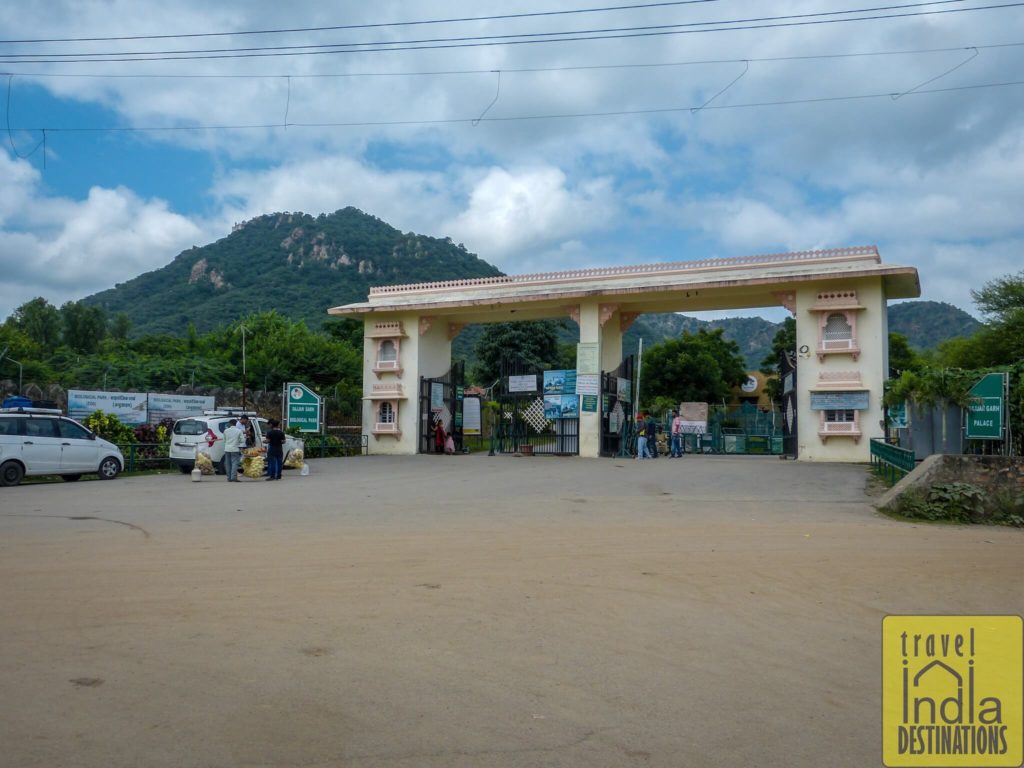
Here you need to buy tickets from two separate counters. First, for entry to the Monsoon Palace and the second for the vehicle (transport fee) that will take you up the palace. If you have your own vehicle you can skip buying the second ticket and instead pay charges for your car to enter the palace premises.
Note: Private taxis, Ola and Uber vehicles are not allowed to enter the premises and take you up the palace.
Ticket Cost per Person (Indian Citizen) is Rs. 60/-
Vehicle Fee per Person: Rs. 90/- (Roundtrip)
Personal Two-wheeler Rate: Rs. 30/-
Personal Car Parking: Rs. 200/-
The rates for foreign tourists are different. There are no additional camera charges.
Sajjangarh Monsoon Palace History
Located to the west of the Udaipur City, Sajjangarh Monsoon Palace is built at an altitude of 944 m (3100 feet) above the sea level. On a personal note, I felt that this palace is what Christ the Redeemer is to Rio de Janerio. No matter wherever you are in Udaipur you can see this palace on the hilltop.
Okay, back to the history part. The palace is located on the top of Banasdara mountain of Aravalli hill range. Built in 1884, by the 72nd ruler of the Mewar dynasty, Maharana Sajjan Singh, this palace overlooks the Fateh Sagar Lake and Lake Pichola in the east.
Sajjan Singh took over the throne when he was 15. His uncle did not approve this, but luckily he had the support of the British. Immediately after the coronation ceremony, Sajjan Singh decided to busy himself in infrastructure development activities to strengthen his kingdom. While he approved many engineering and construction and masonry projects, Sajjangarh Monsoon Palace was his most ambitious one.
Lord Ripon honoured him with the title of “Grand Commander of the Star of India” in 1881. He was known as the “Man of Vision”. He was also passionate about astronomy and it was for this that he initially decided to build this palace.
Built with white marble, originally, this palace was to be nine-storey high to track monsoon clouds and the weather conditions. Hence, it is still popularly known as Monsoon Palace. However, later on, a fort was built around it to serve as a holiday home for the royal family.
Unfortunately, Sajjan Singh’s untimely death (at the age of 26) brought this ambitious project to a halt. His successor, Maharana Fateh Singh completed the remaining sections of the palace and used it as a hunting lodge.
The Sajjangarh Monsoon Palace exhibits the Rajput architecture with the use of exquisitely carved motifs of leaves and flowers. While the walls are plastered with lime mortar the palace is built on marble pillars. The turrets allow the guards to secure and regulate the palace. It also has an underground cistern that stores all the rainwater for the royal family.
If you are a James Bond and Roger Moore fan you will be happy to know that few scenes of Octopussy (1983) are shot here.
Sajjangarh Monsoon Palace Tour:
By the time we finished with the Sajjangarh Biological Park, it was already three past noon. So, we were desperately hungry (although we had a water and toilet break at the park). The ride was quite a unique experience because a single winding road takes you to the top of the hill.
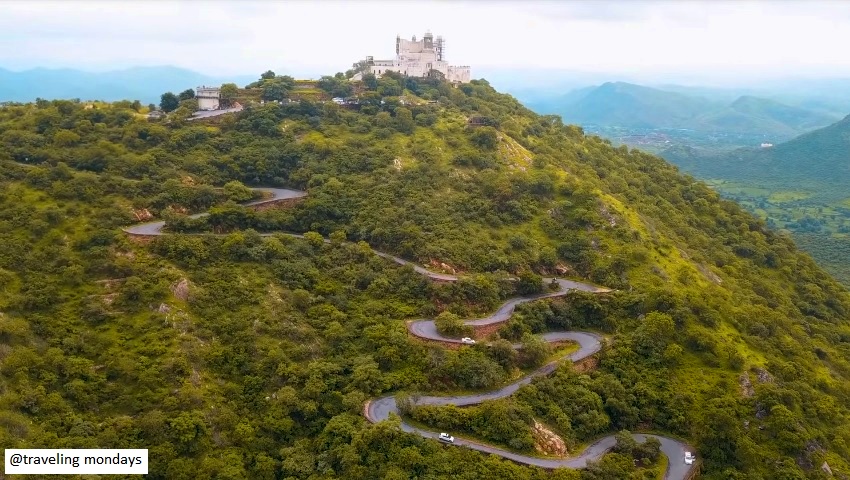
Fortunately or unfortunately, we had a Formula One-inspired driver leading us to the top. Hence, the 10-minute ride was nothing short of an adventure in itself. Luckily, we had nothing in our guts to spill out when we stepped out of the jeep.
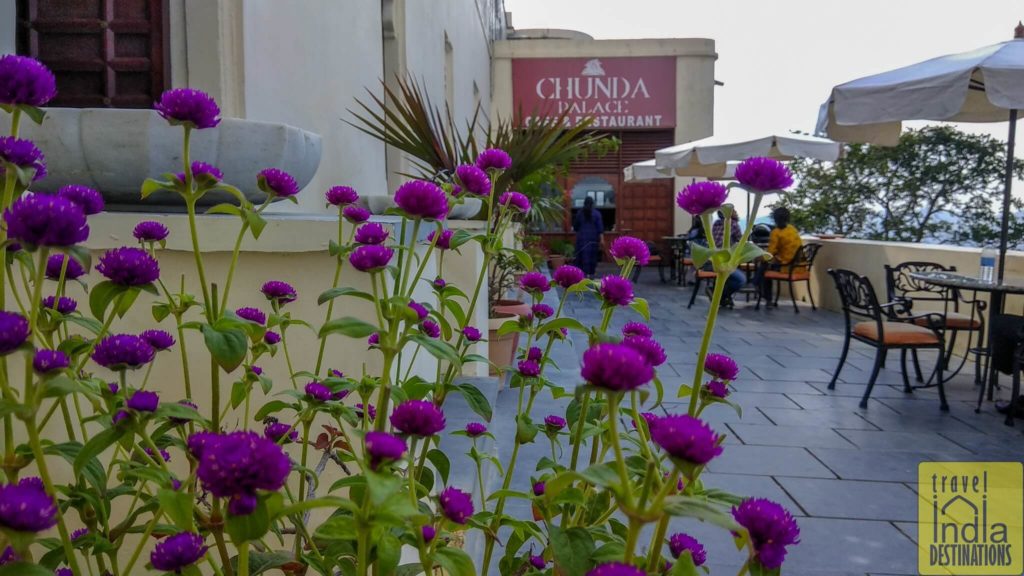
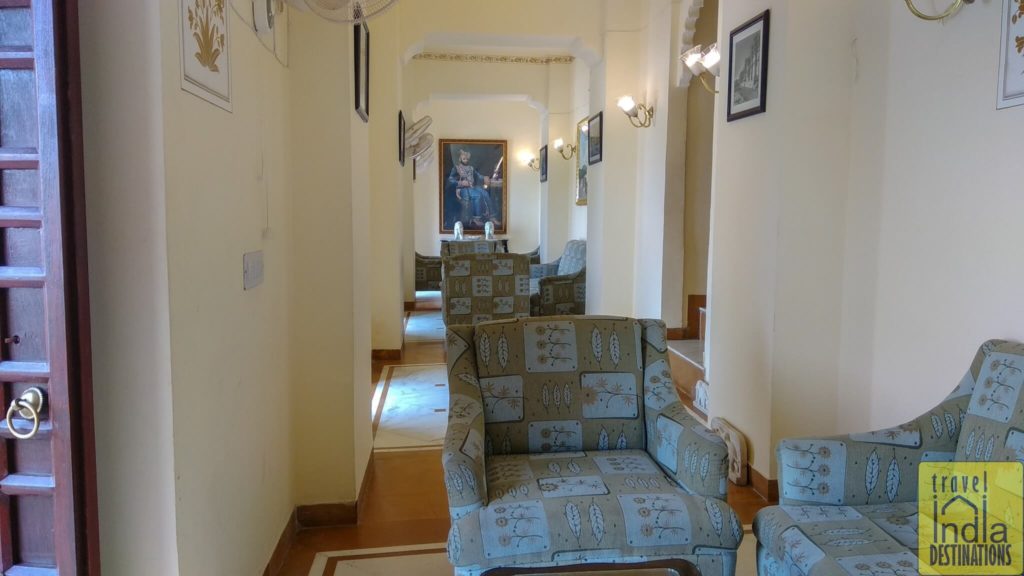
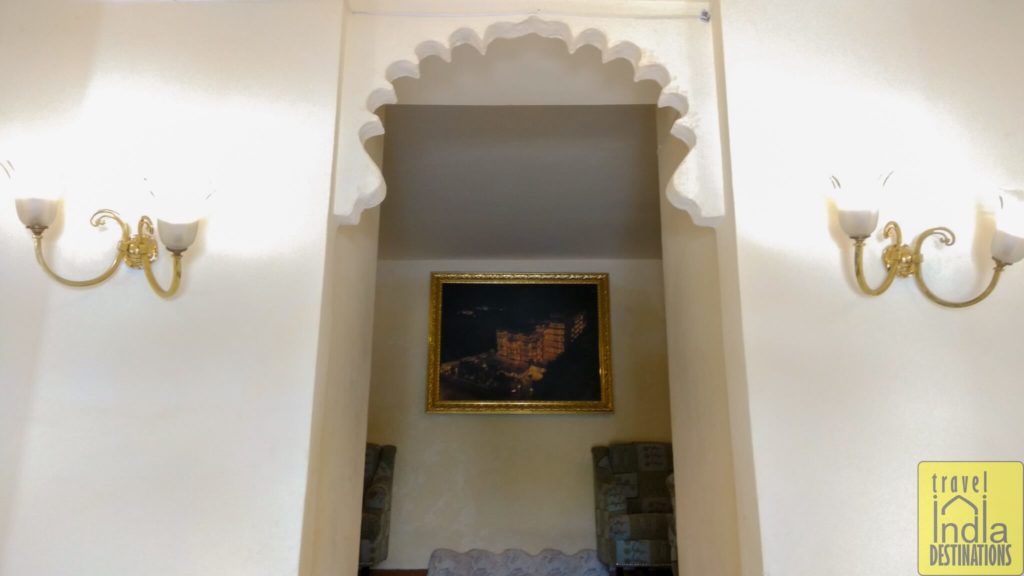
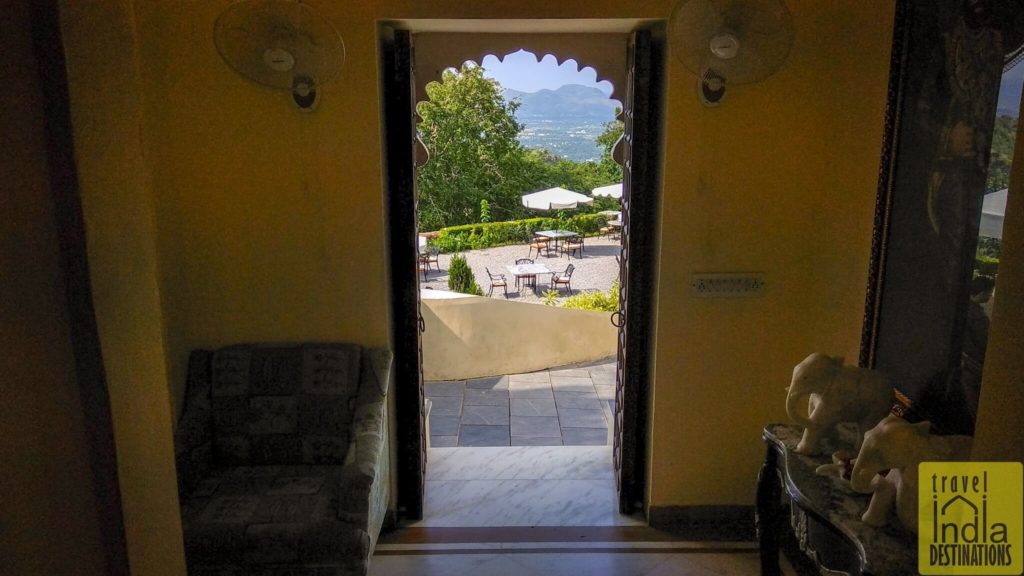
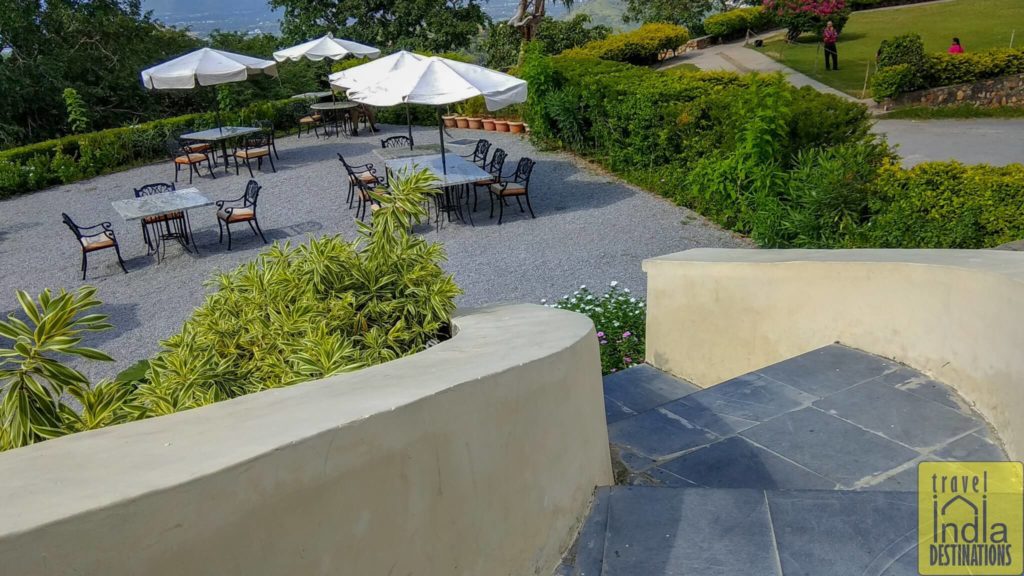
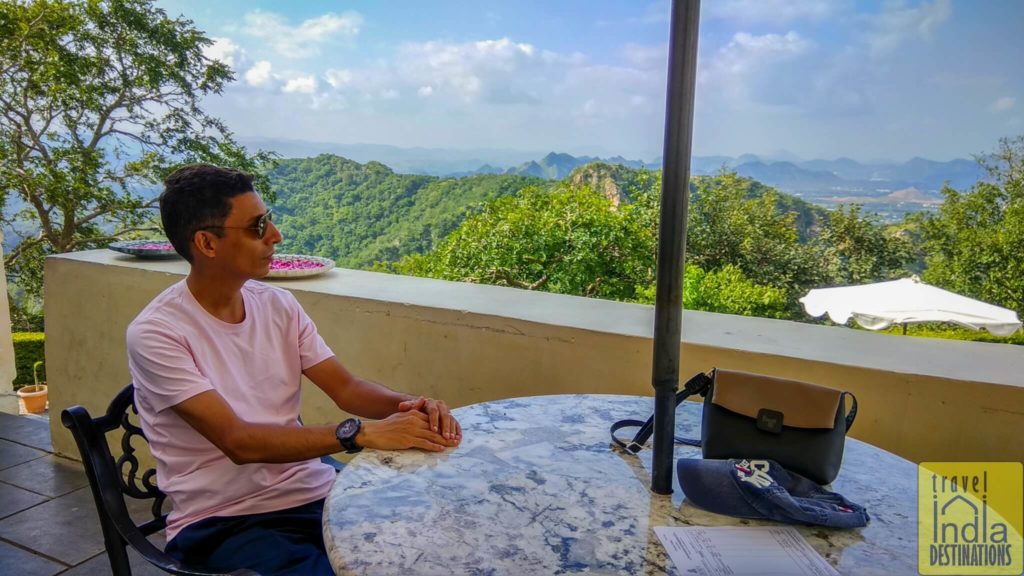
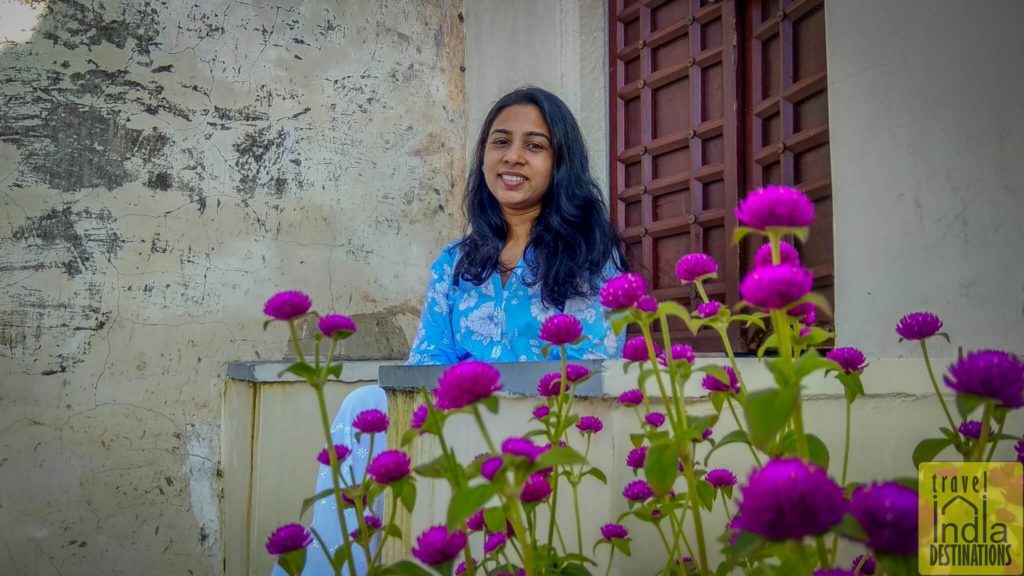
Hence, we decided to eat before we take the tour of the palace. Chunda Palace Café and Restaurant is on the north side of the palace. It offers a great view while you eat and relax. However, the sad part is that the food served here does not do justice to the sophisticated and royal décor. We would recommend you carry your own sandwiches or snack in the bag rather than spending money here.
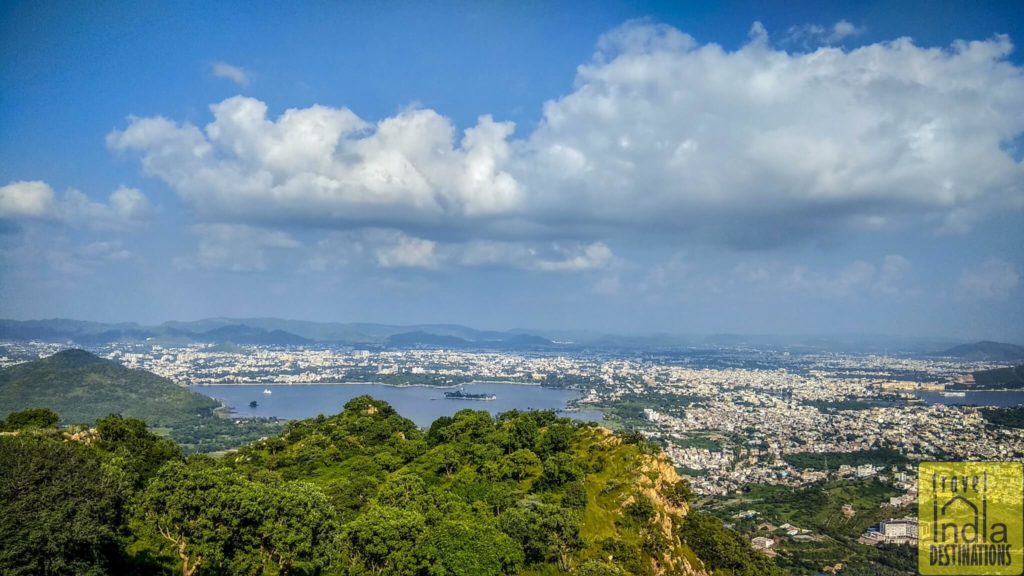
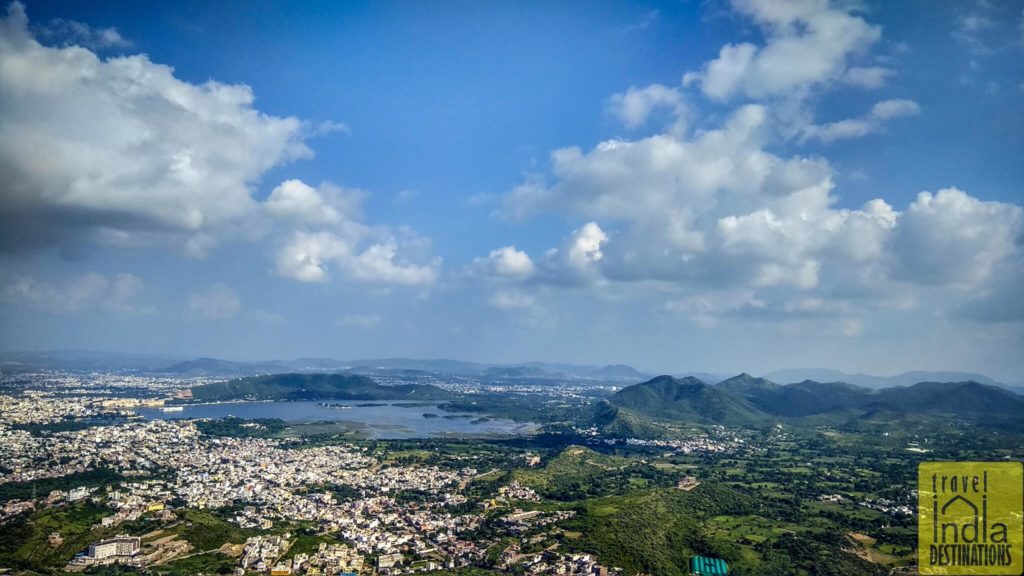
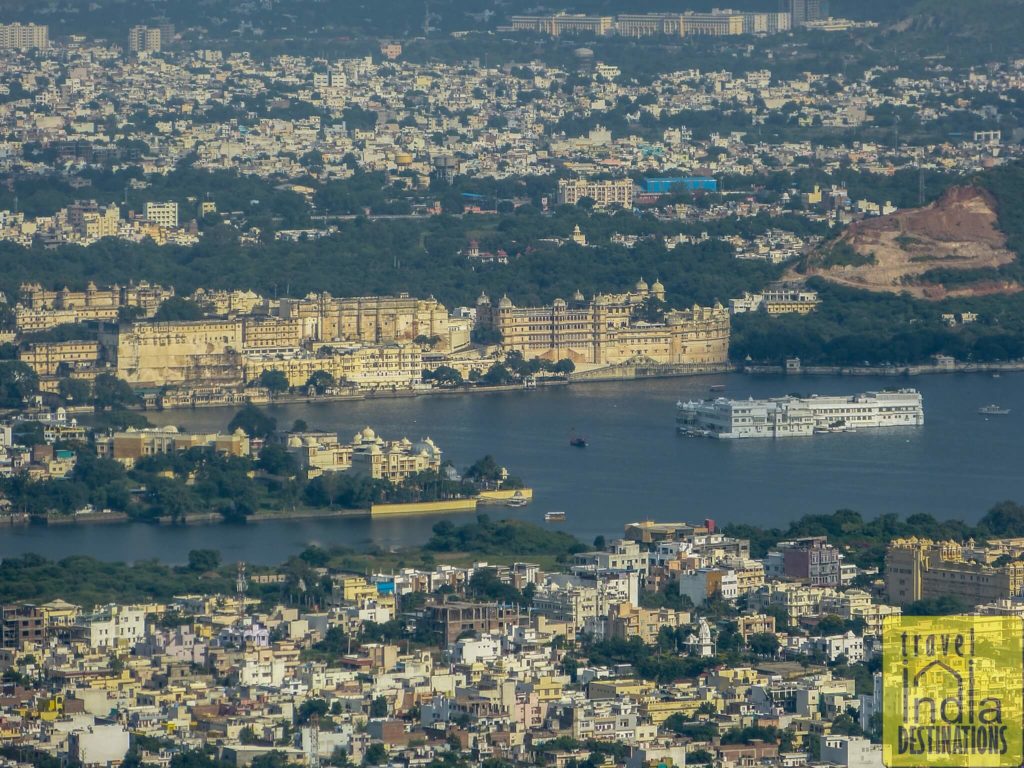
The main entrance of the Sajjangarh Monsoon Palace is from the eastern side so you get a panoramic view of the Fateh Sagar Lake and the Lake Pichola. From here, you can have a bird’s eye view of the Udaipur City. Let me tell you the pictures here can’t match the real experience and what you see with your naked eye. The view is simply breathtaking.
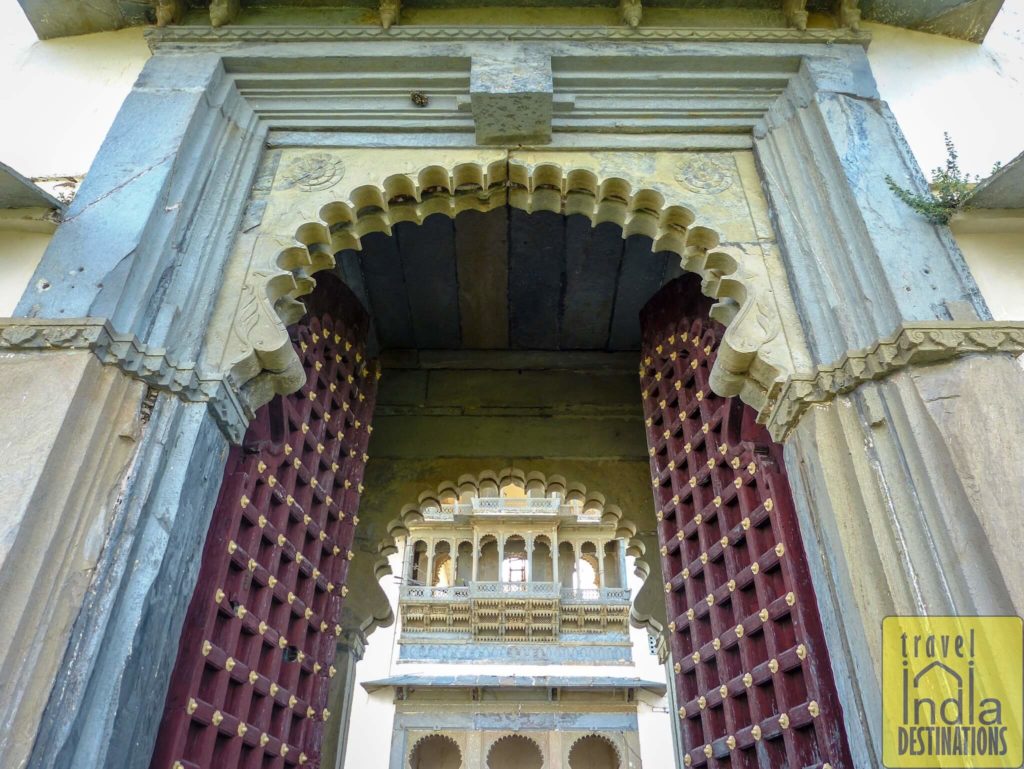
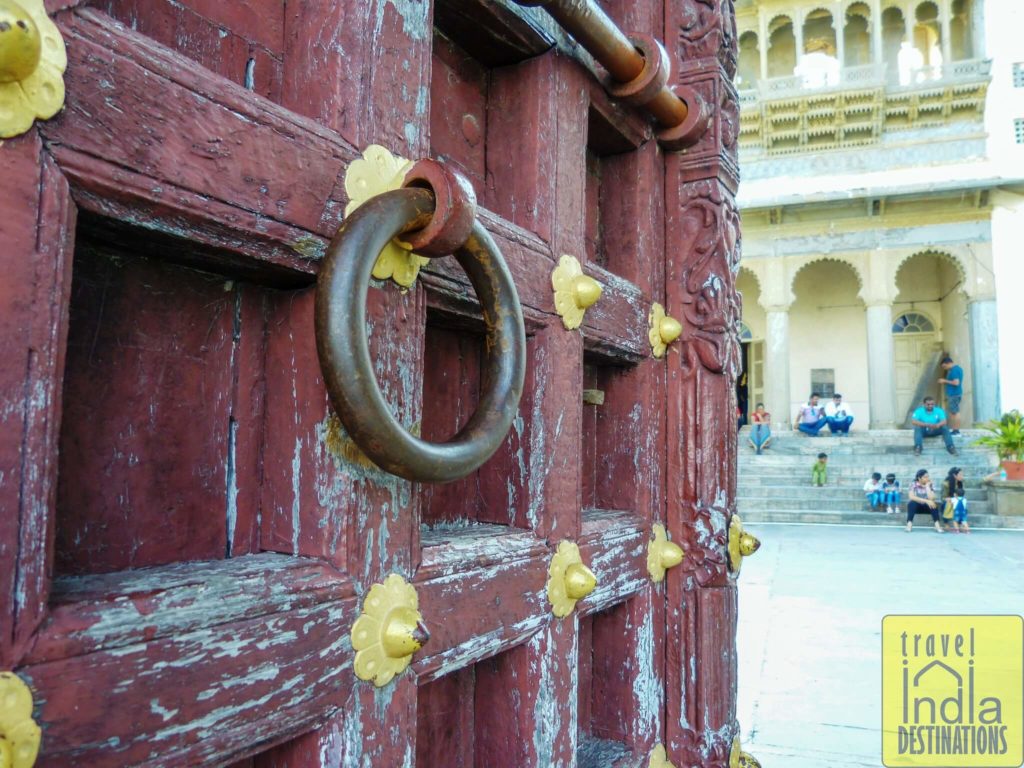
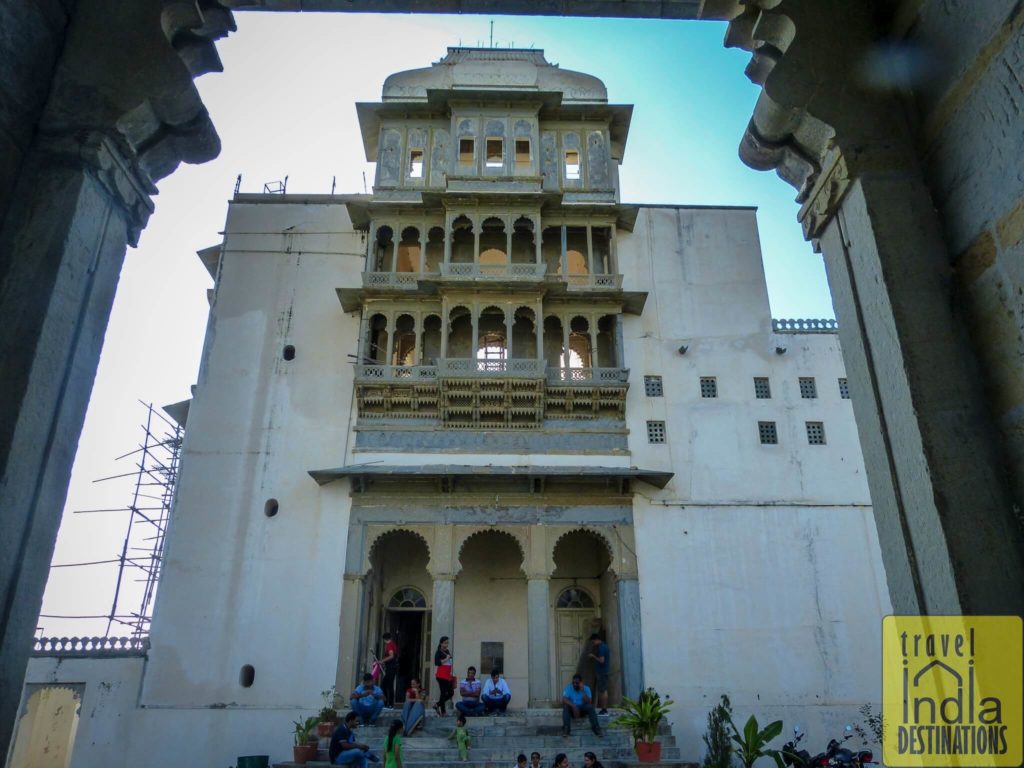
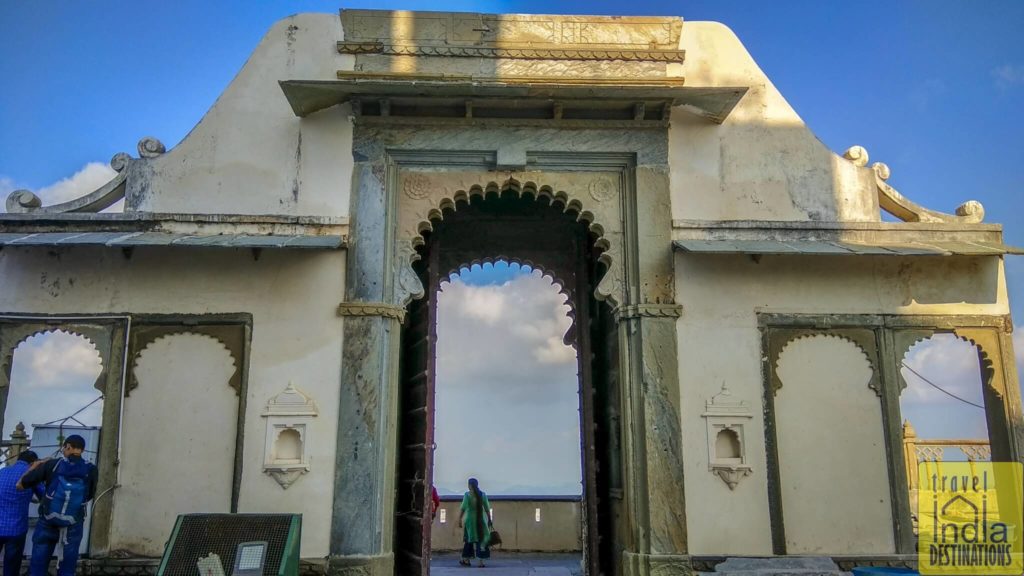
The main entrance has a huge gate that symbolizes the royal and massive scale of this project. The moment you enter the gates you have this spacious courtyard and the palace itself. The Rajasthani-style jharokhas (windows) right above stand tall and instantly draw your attention to its grandeur.
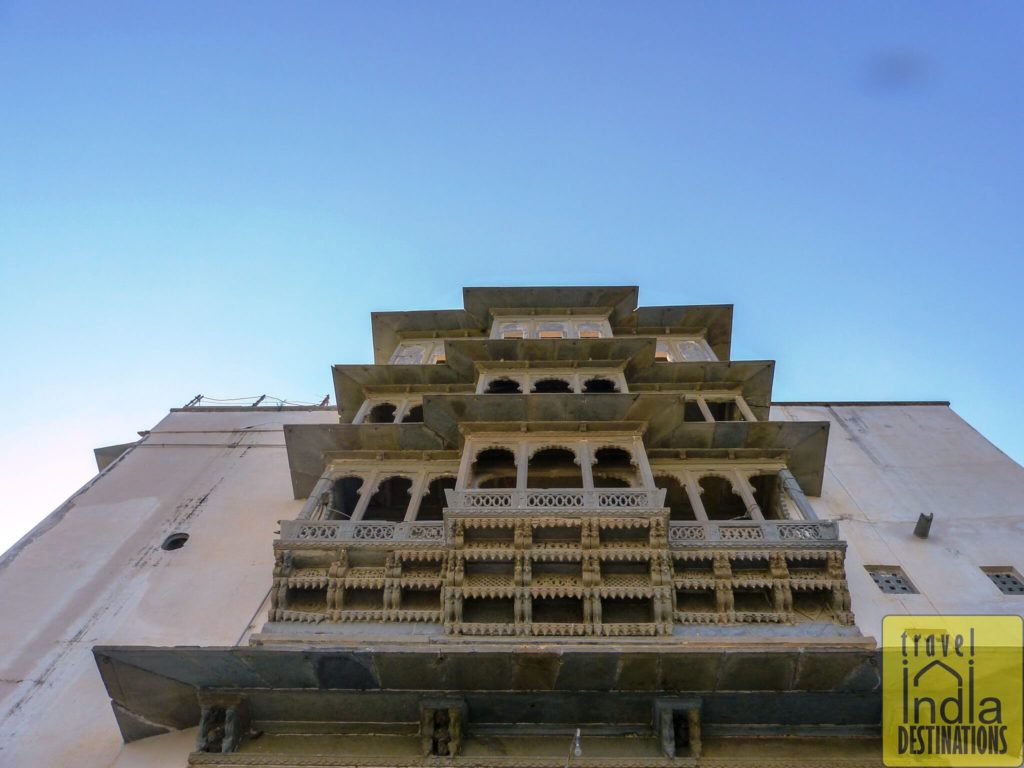
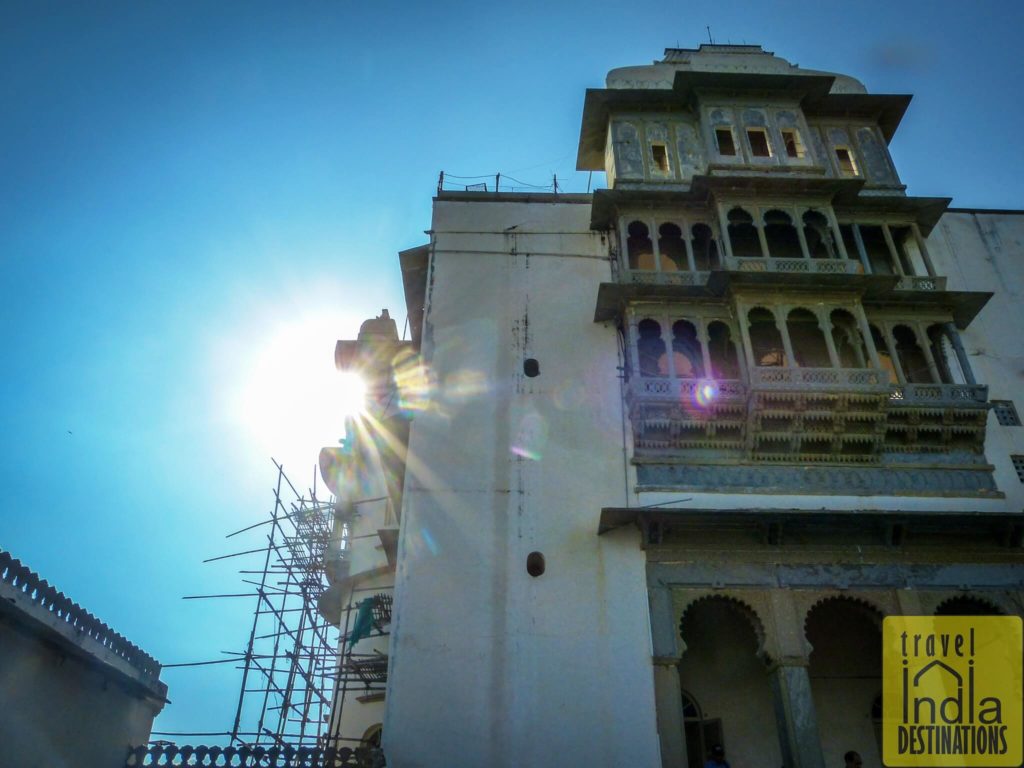
Once you step in the palace, the vast main hall greets you with its simplicity. On the left, you see a portrait of the Maharana Sajjan Singh who envisioned this palace. I personally believe the placement of his portrait is incorrect. The beauty of the palace mesmerizes visitors walking in the palace. Hence, no one notices it in the left corner next to the door. When we visited the Sajjangarh Monsoon Palace, renovations were going on in the southern and the western section of the building.
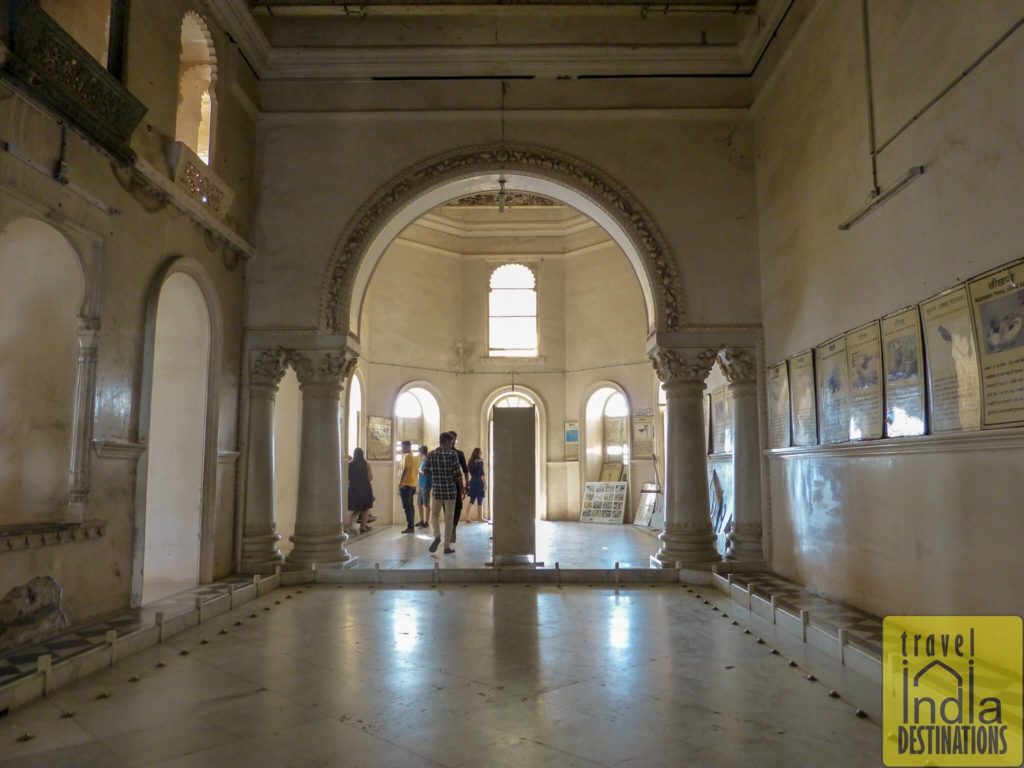
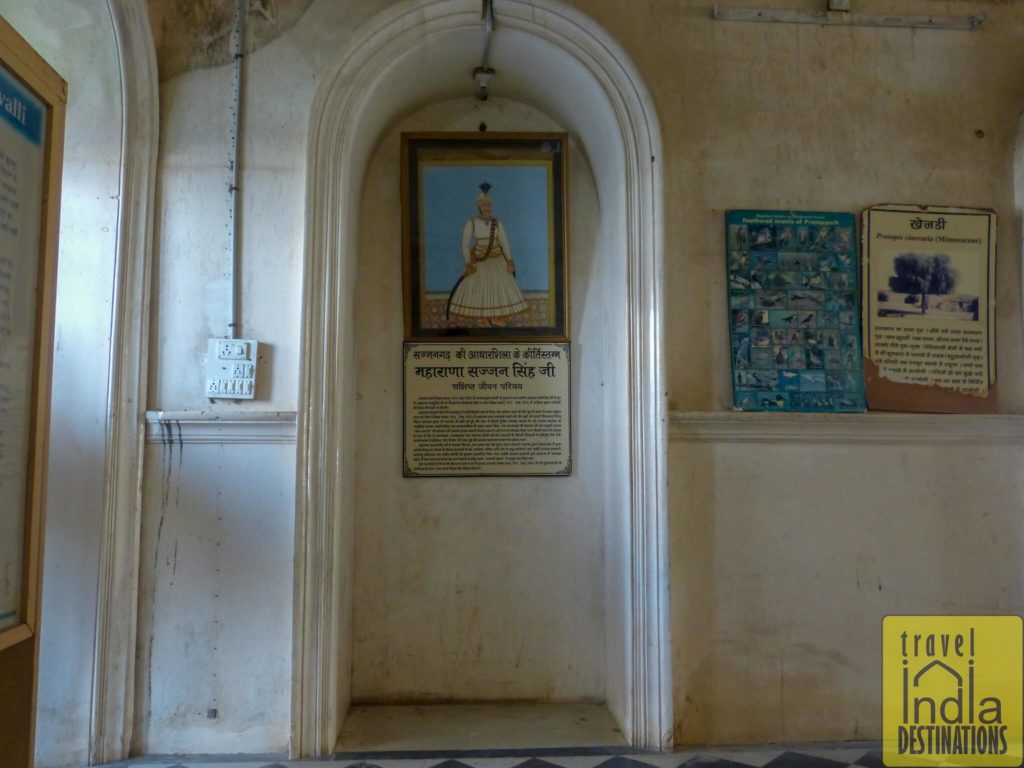
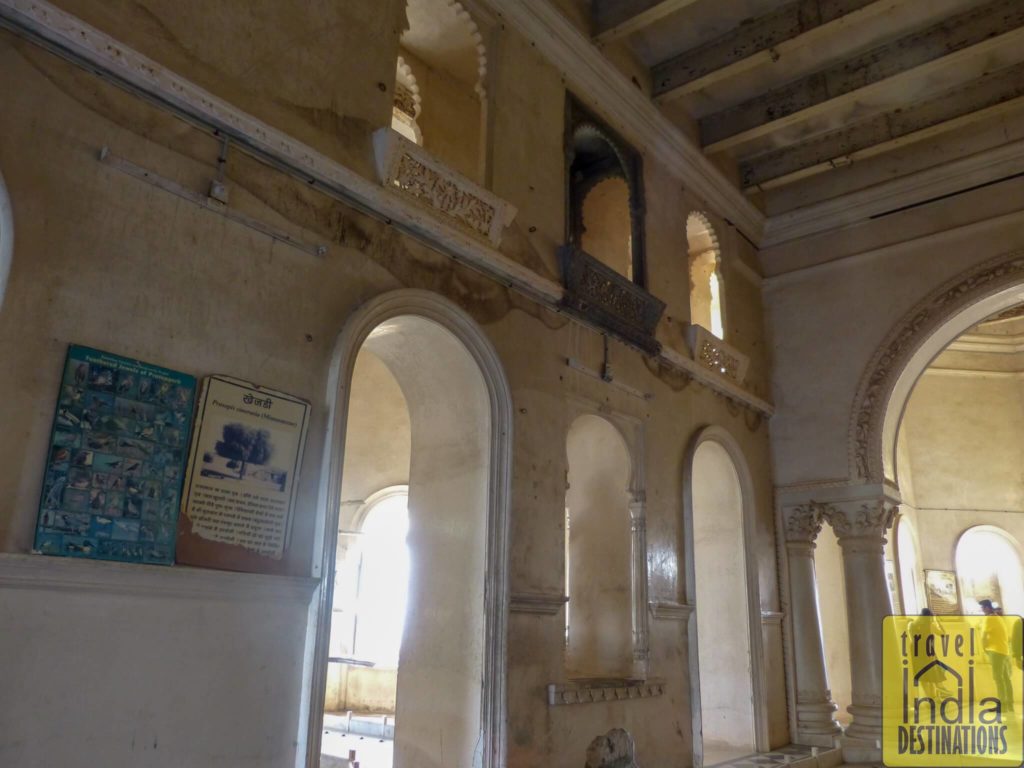
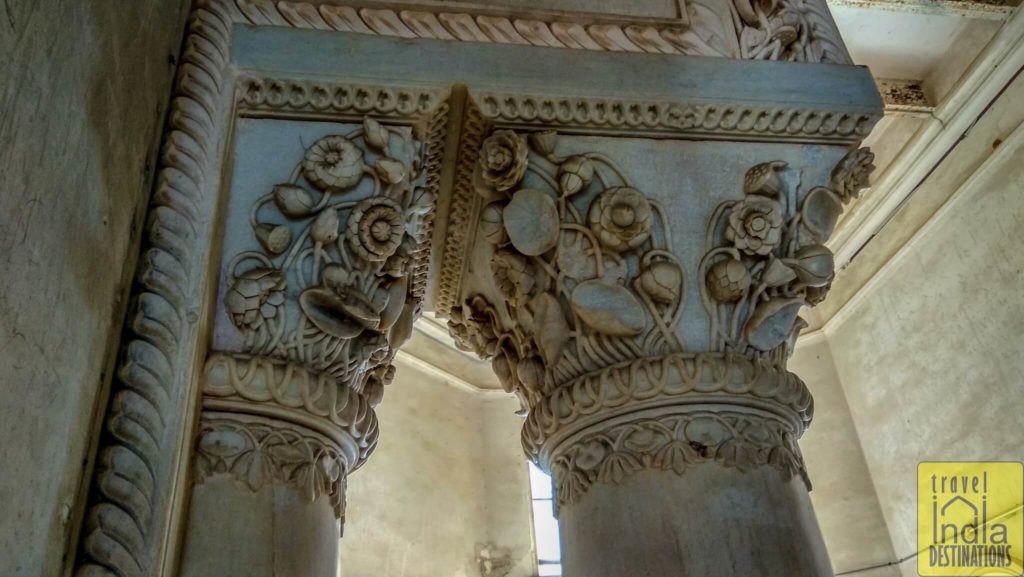
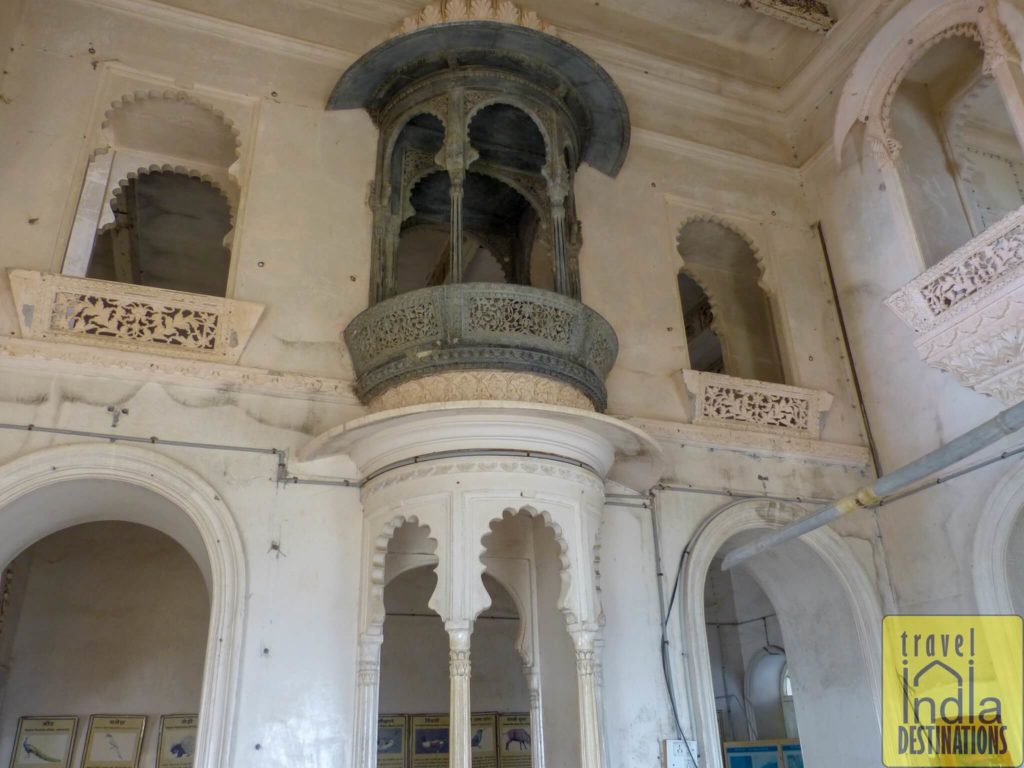
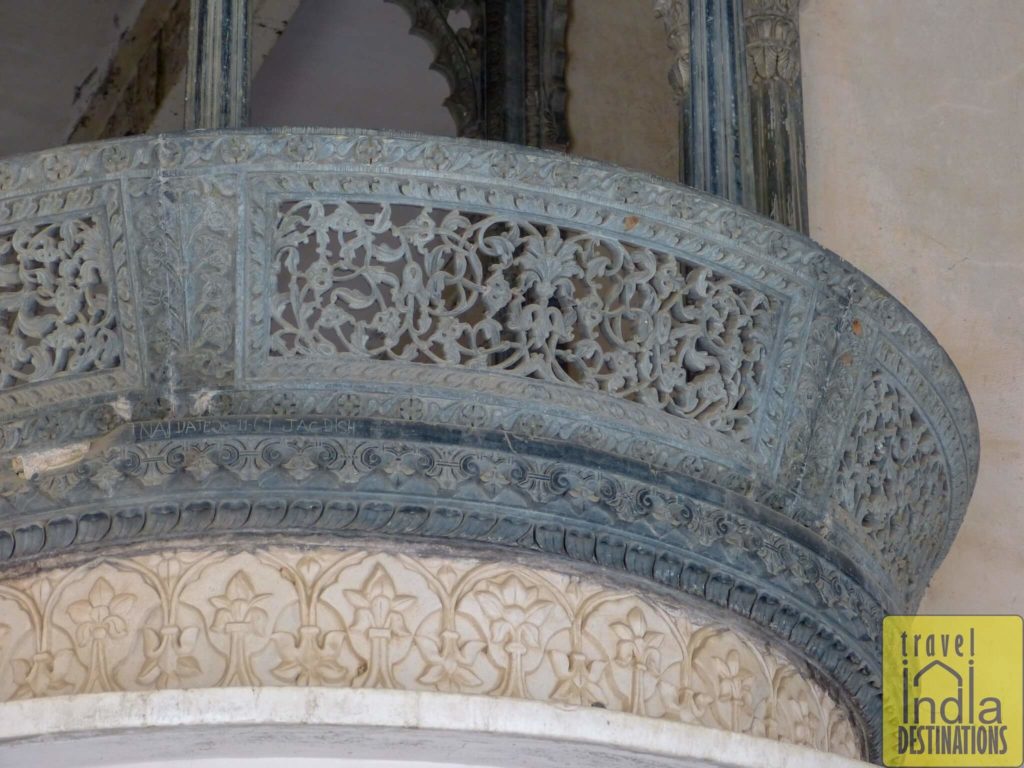
As you head forward, you come to the western side of the Sajjangarh Monsoon Palace that offers a 180-degree panoramic view. There are plenty of tourists, visitors and selfie-addicts that come here to view the sunset. The view from here is equally breathtaking allowing you to view the forest and lush greenery and the mountains.
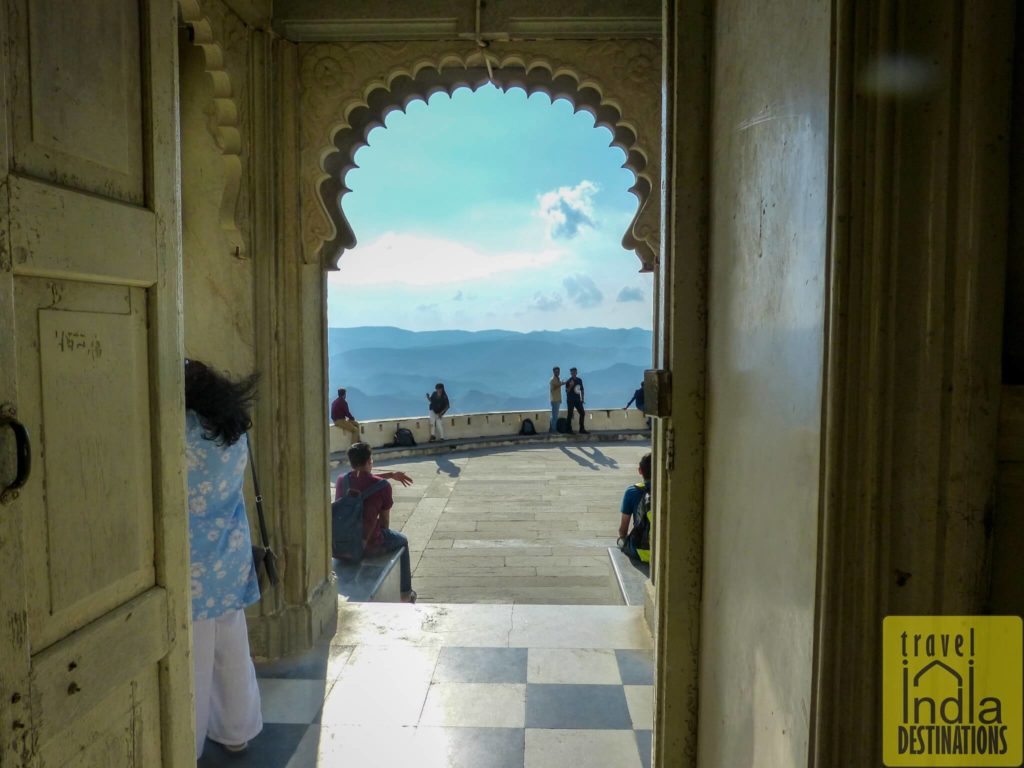
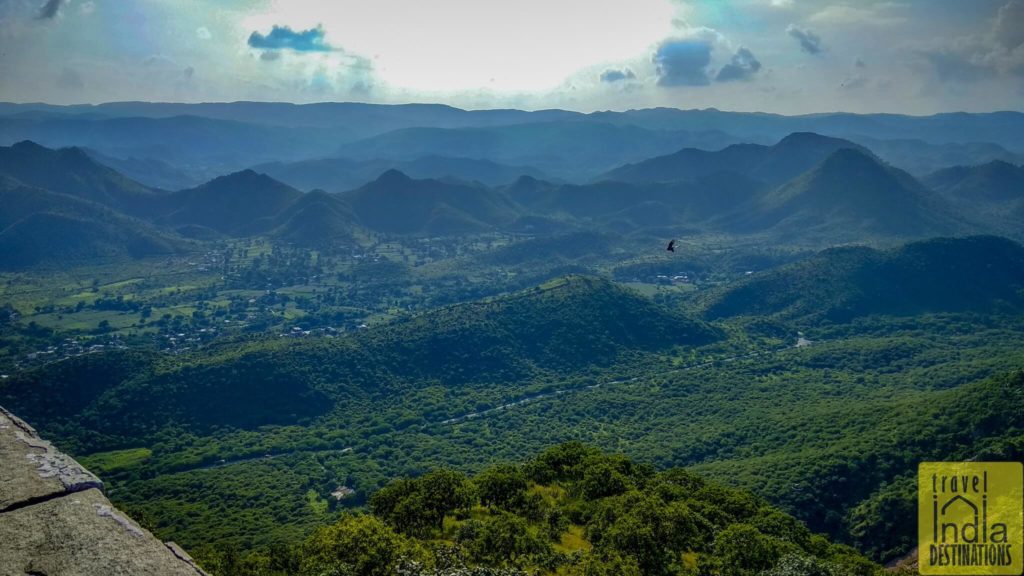
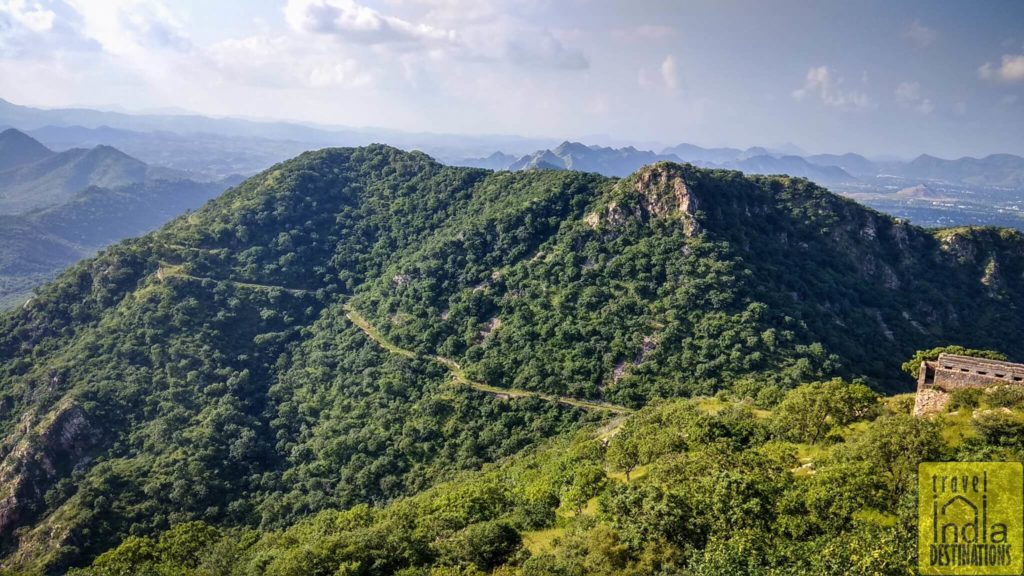
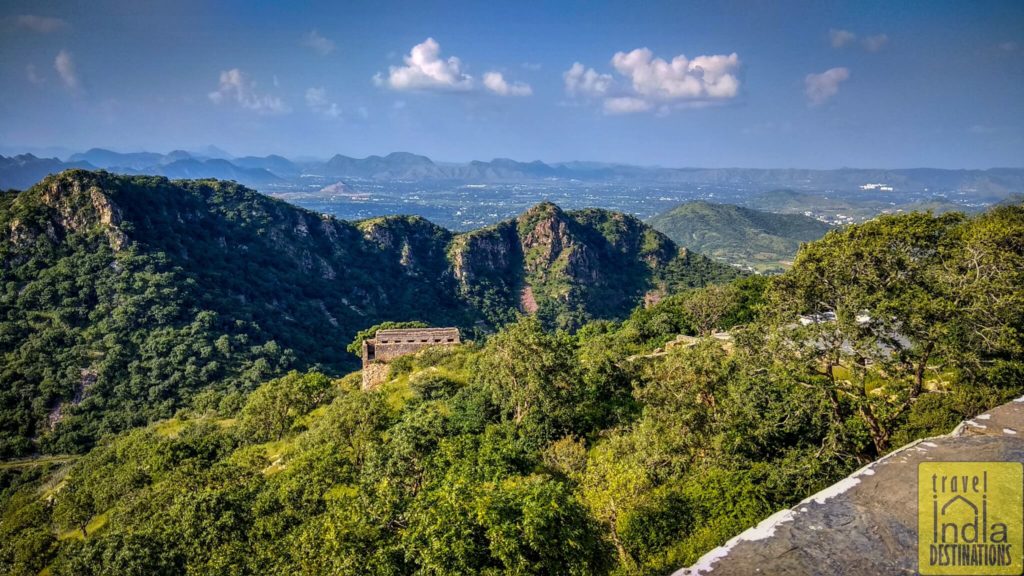
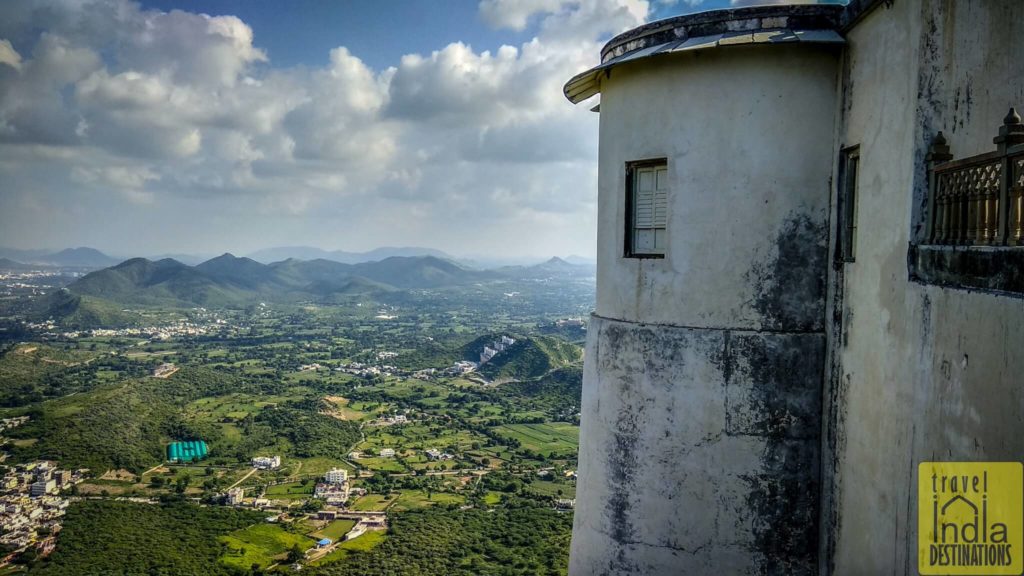
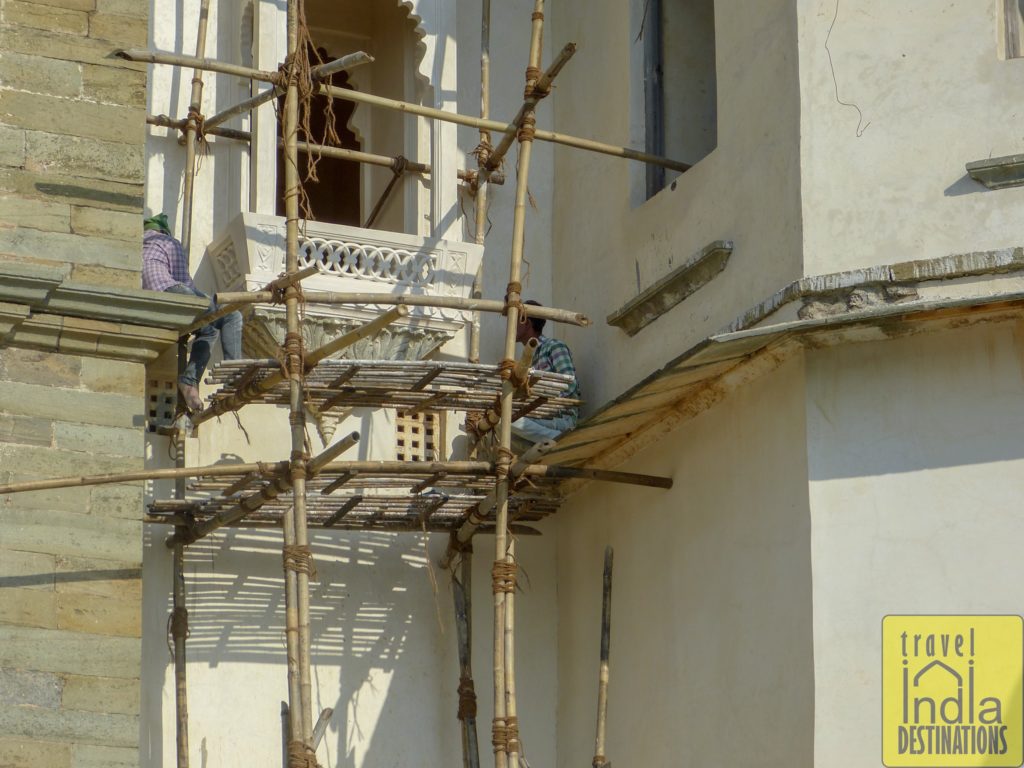
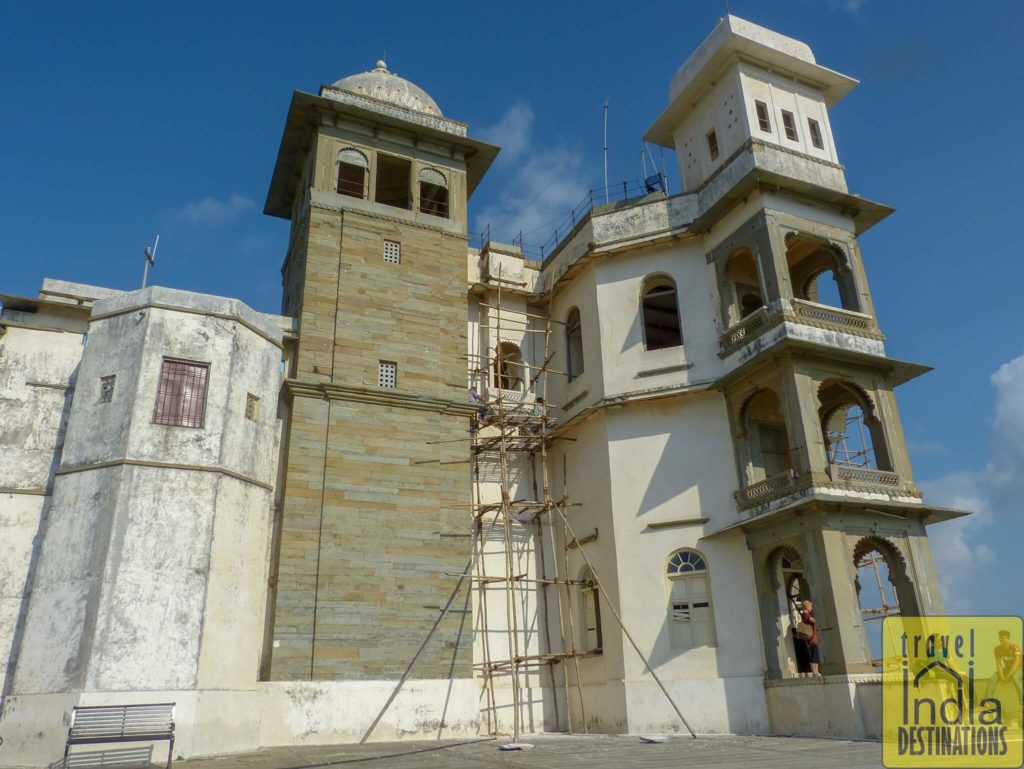
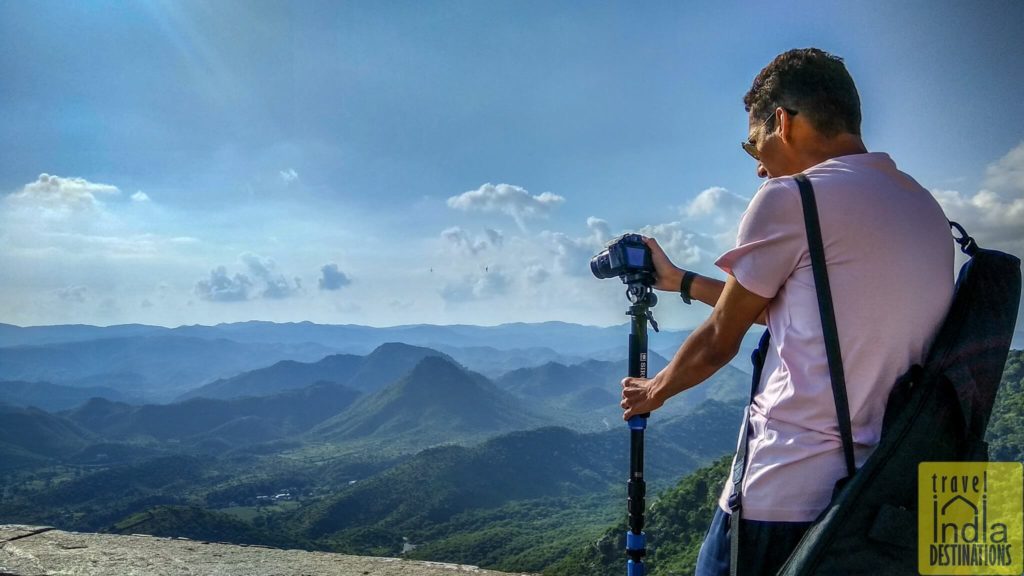
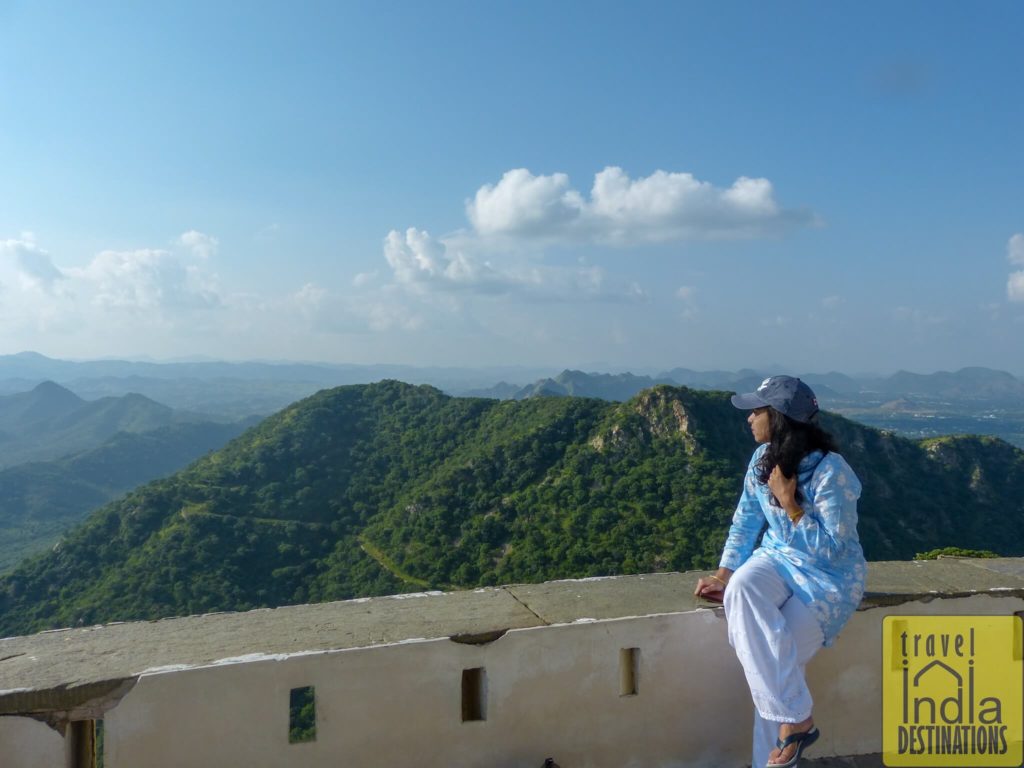
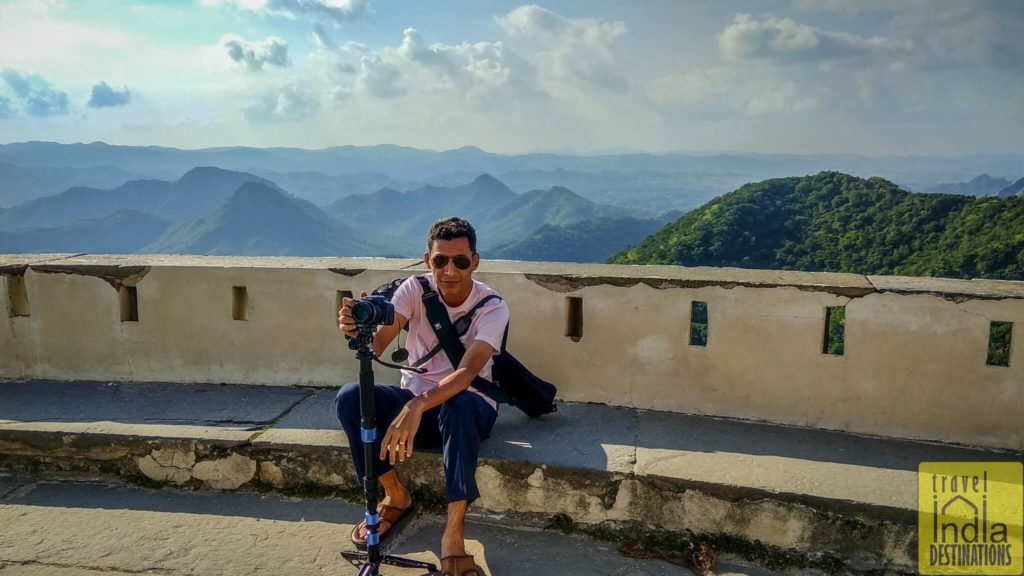
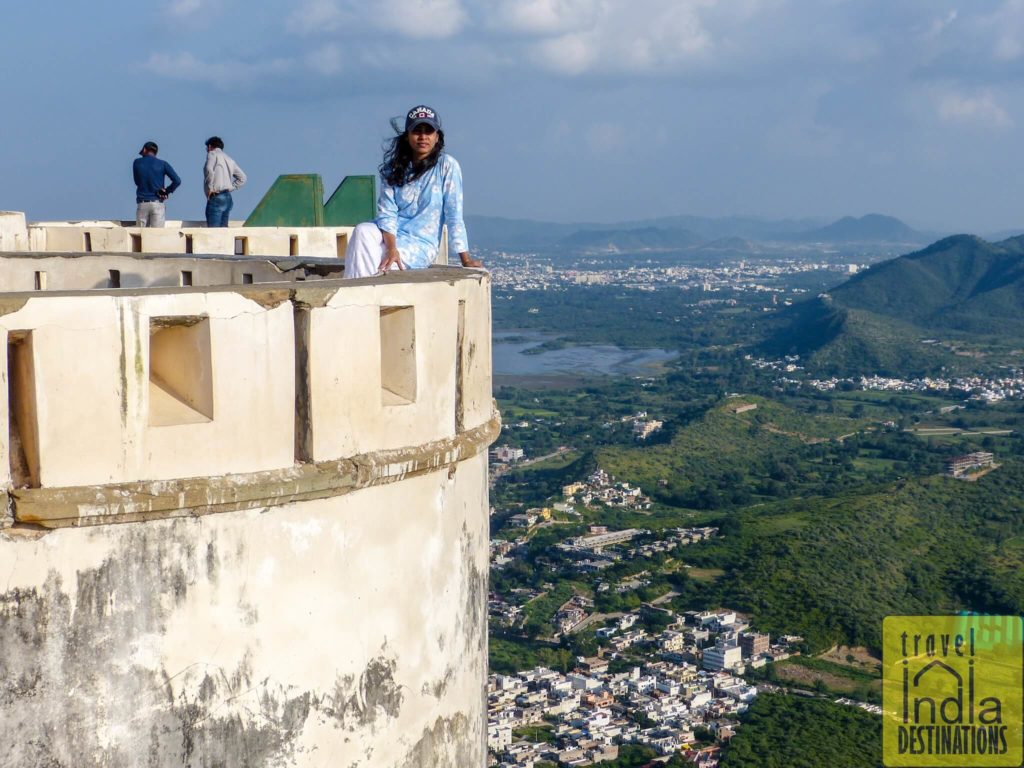
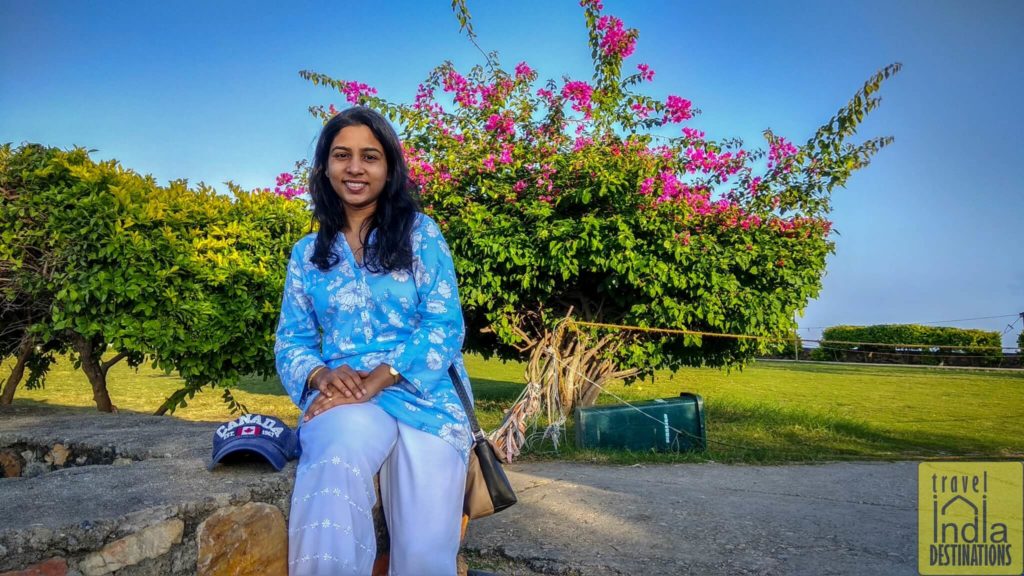
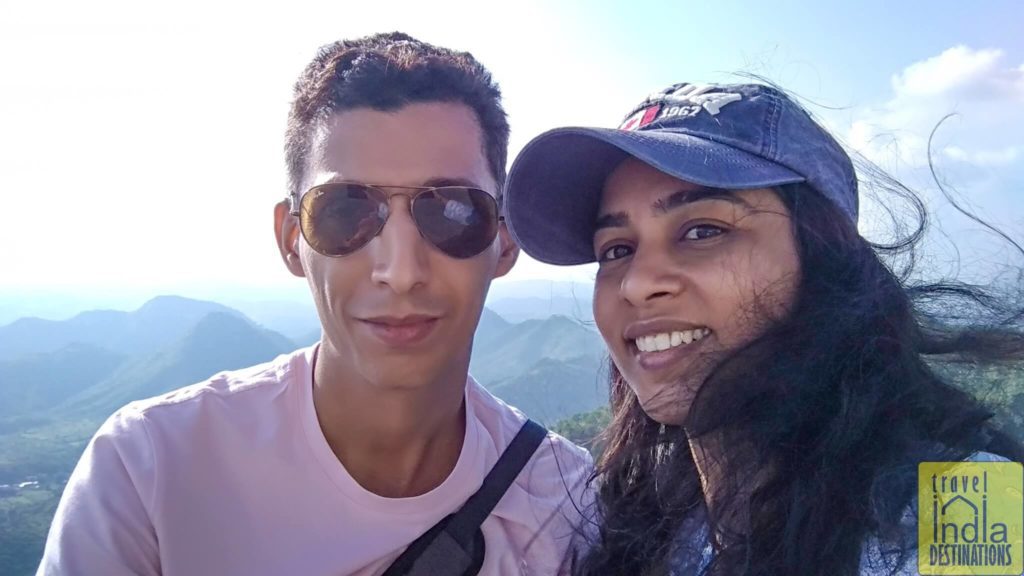
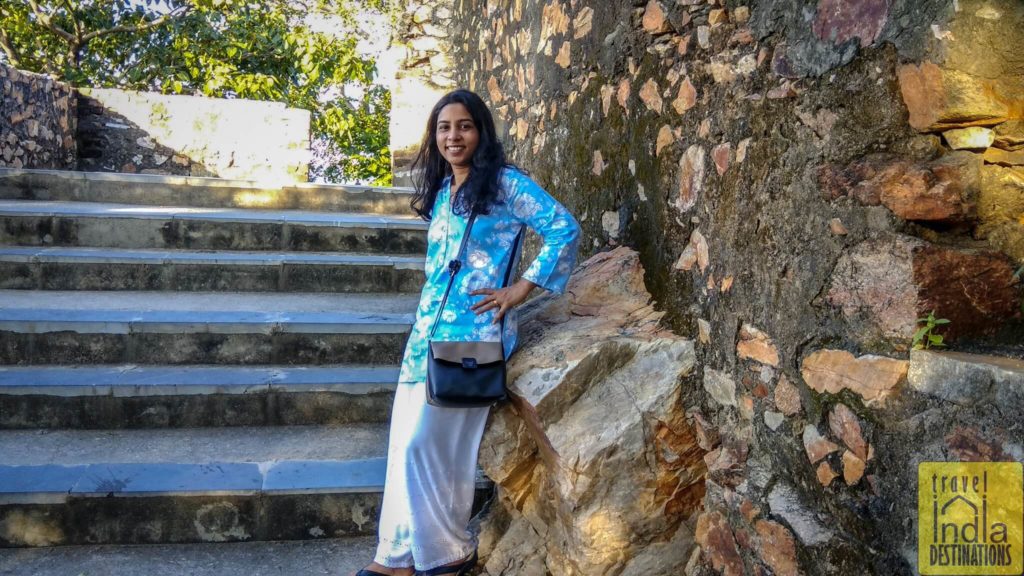
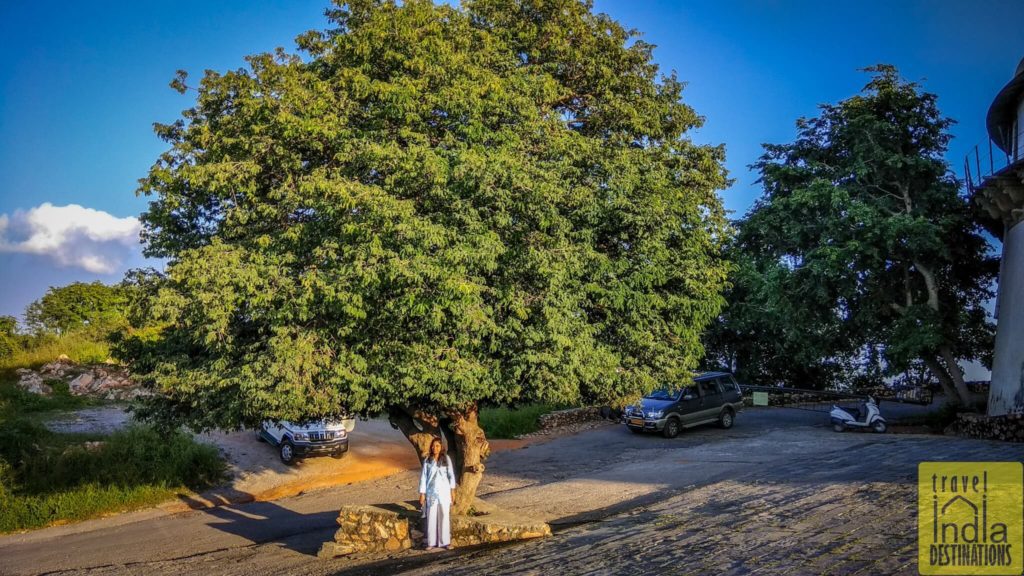
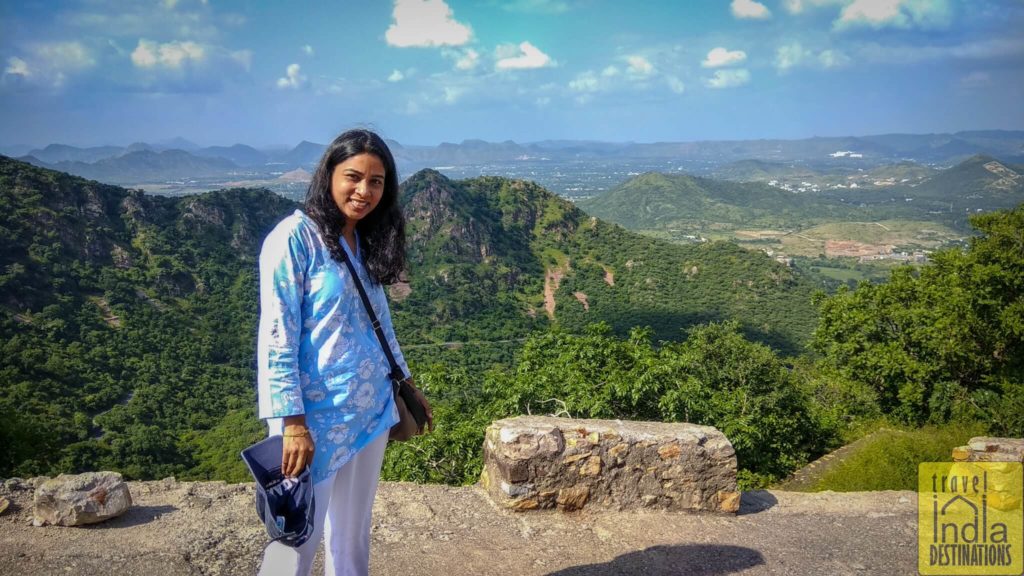
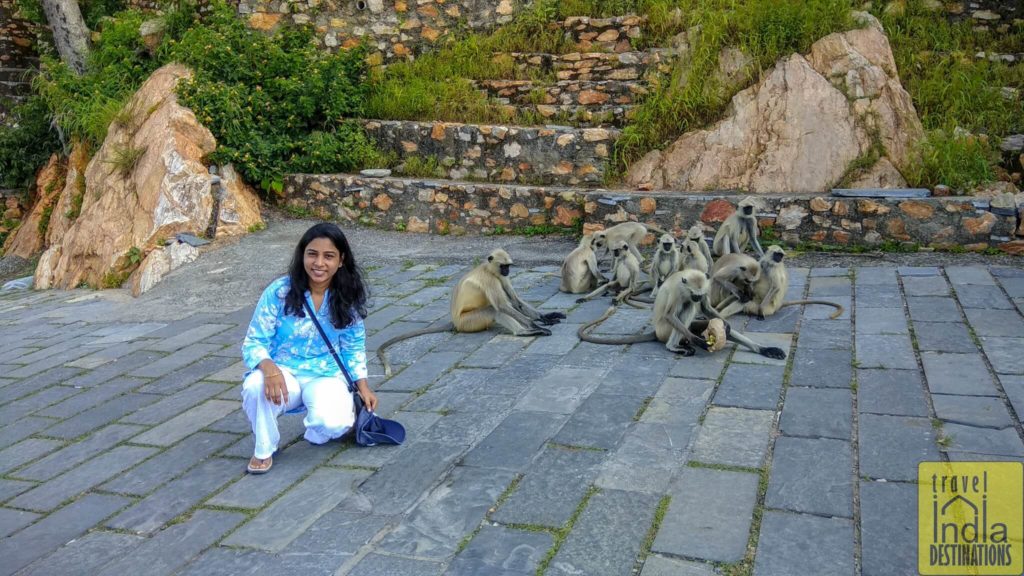
After taking plenty of pictures, our camera battery ran out of juice. So, we decided to head back to our Airbnb homestay in Udaipur and call it a day. We headed back to the spot where we can find the car that can take us down the hill. The official closing time of the palace is 7:00 p.m.
The best time to visit Sajjangarh Monsoon Palace would be during the monsoon season or immediately after the monsoon season when you can experience lush greenery and cloudy environment. You can also have a good time here during the winter months. It is also a sunset spot and therefore you can capture some great sunset pictures here. Or you can enjoy some romantic sunset moments with your loved ones.
Udaipur is one of the best places for winter honeymoon in India. Hence, you can always add this place to your list and spend some quality time with your loved one.
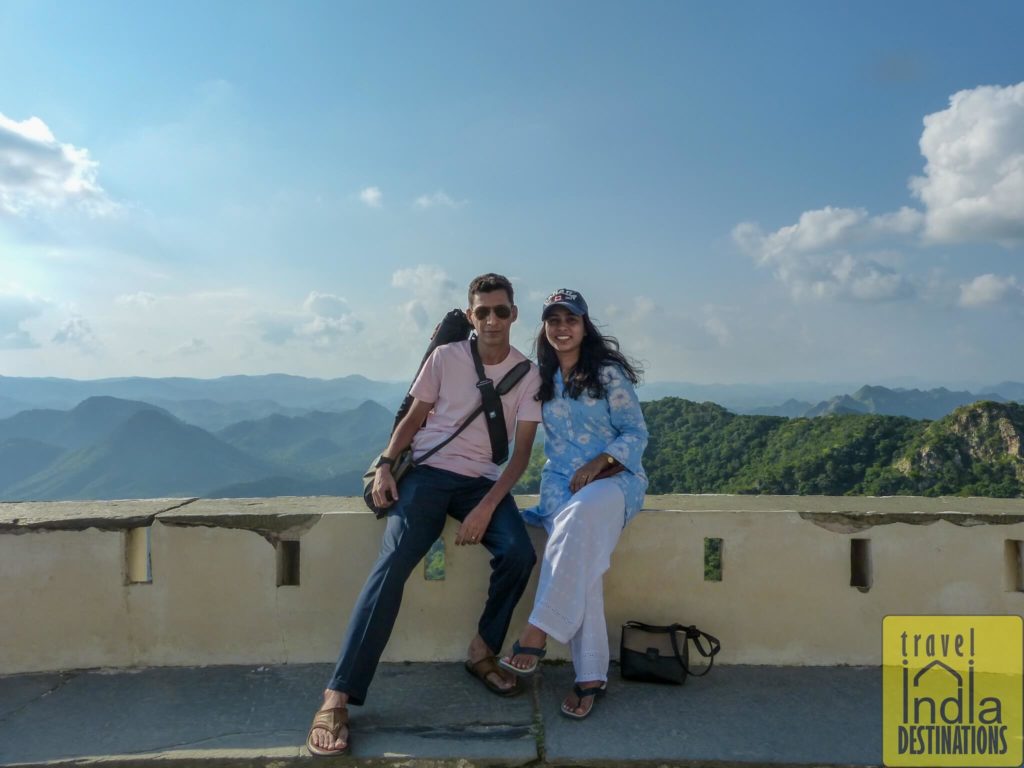
After reaching the starting point, we chose an Uber ride that took us back home. The entire Sajjangarh Biological Park and Monsoon Palace tour was a great experience and was a perfect way to start our activities in Udaipur.
Have you ever been to Sajjangarh Monsoon Palace? Please comment and share with us your thoughts and feedback.
5 comments
Lovely pics
Thank you, Priya.
Amazing views, Sharukh. I love the pictures of that road heading up there. You guys are such a sweet looking couple. I have to say, it’s always a surprise to see you say that the best time to do something is during the monsoon season. I would expect that that would be the hunker down and stay inside season.
Thank you, Dan, for your kind words. I’m glad that you liked the post and the pictures. To be honest, monsoon is a tough season to travel but it all comes down to planning. In India, it rains from June to mid-October, but not in all locations. So, it requires planning on how you are going to cover what place and when and keep an eye on the weather report. So far, we have been successful with all our monsoon trip planning. A little bit of luck as well.
Hi,
Good One Eye Catching Post!